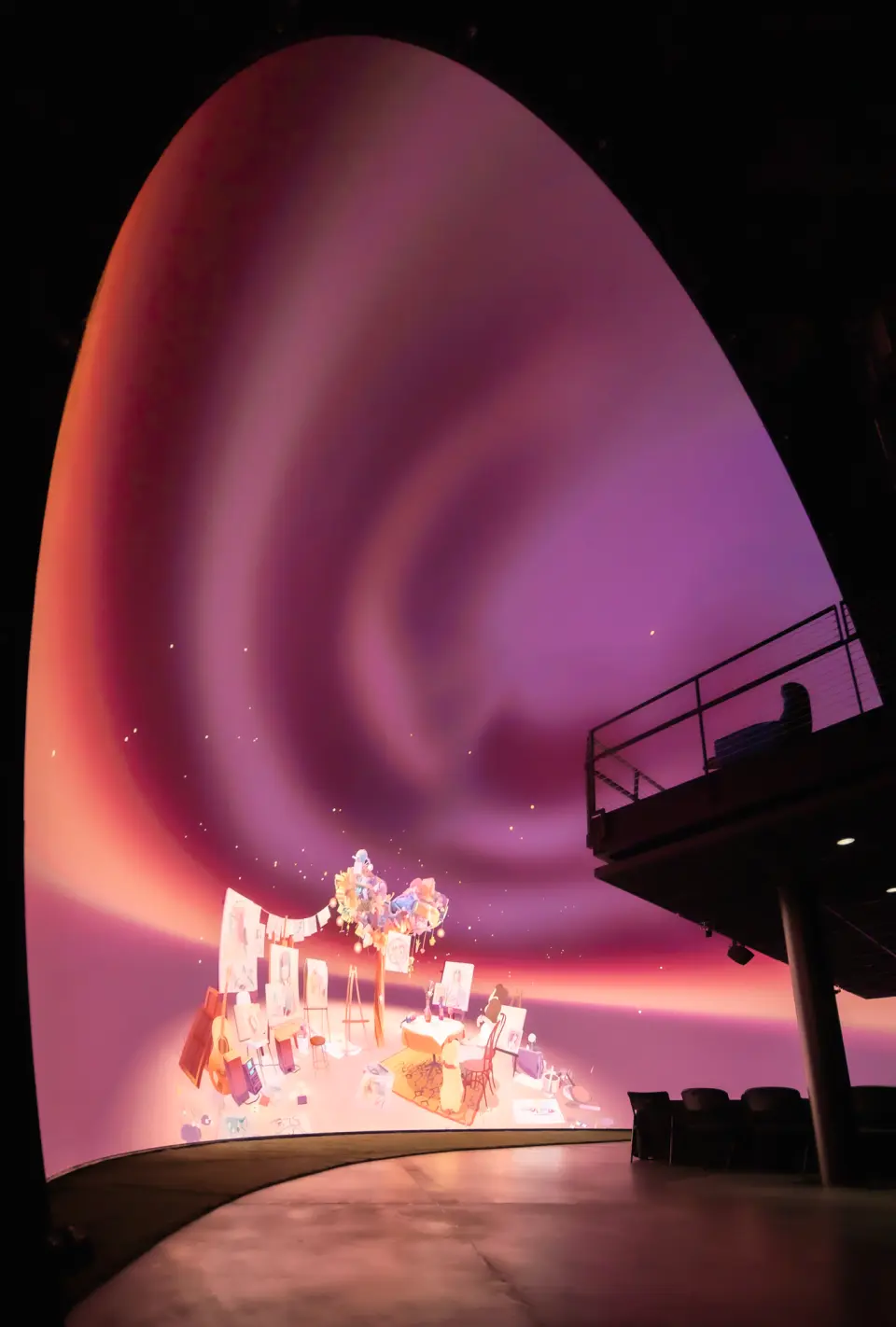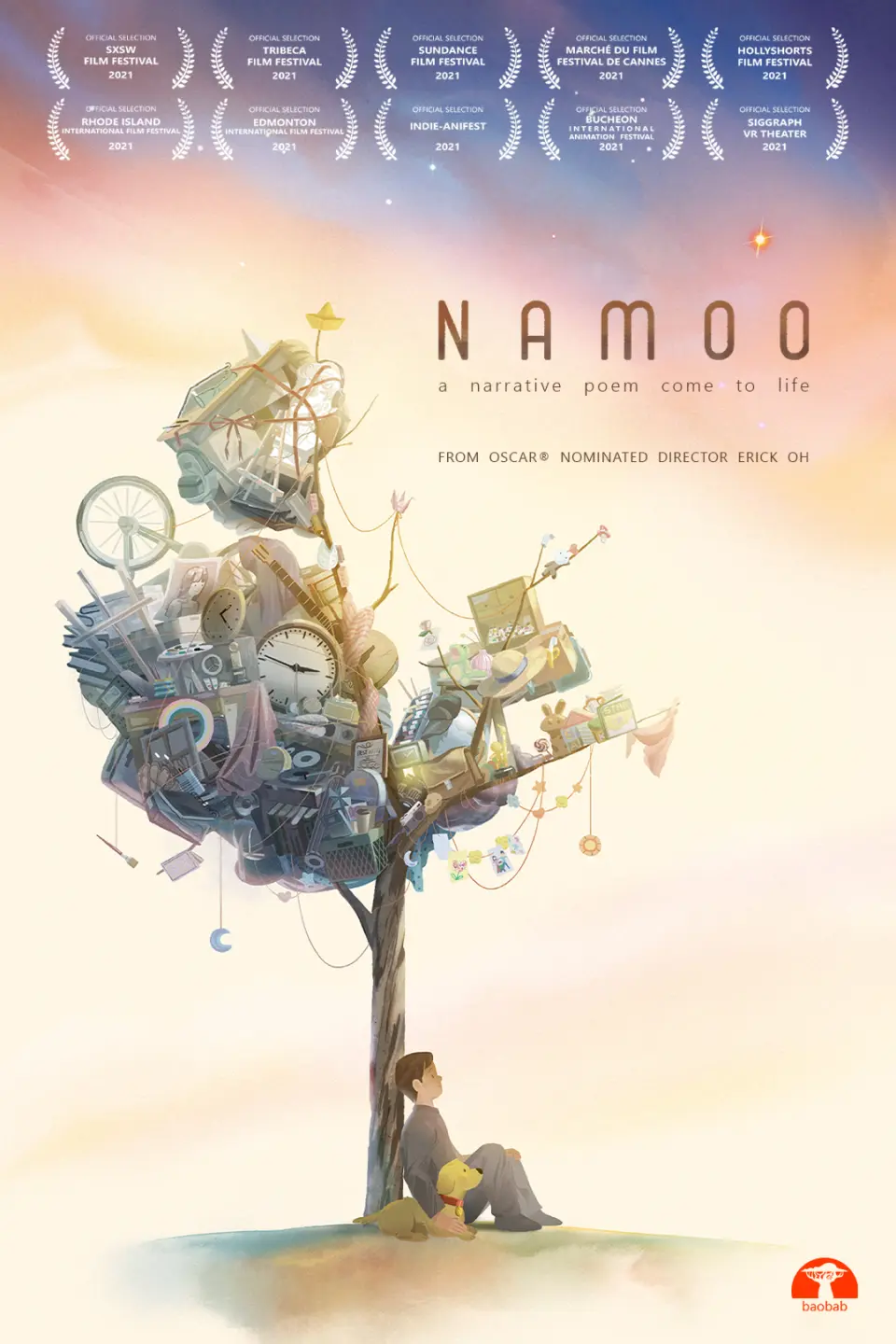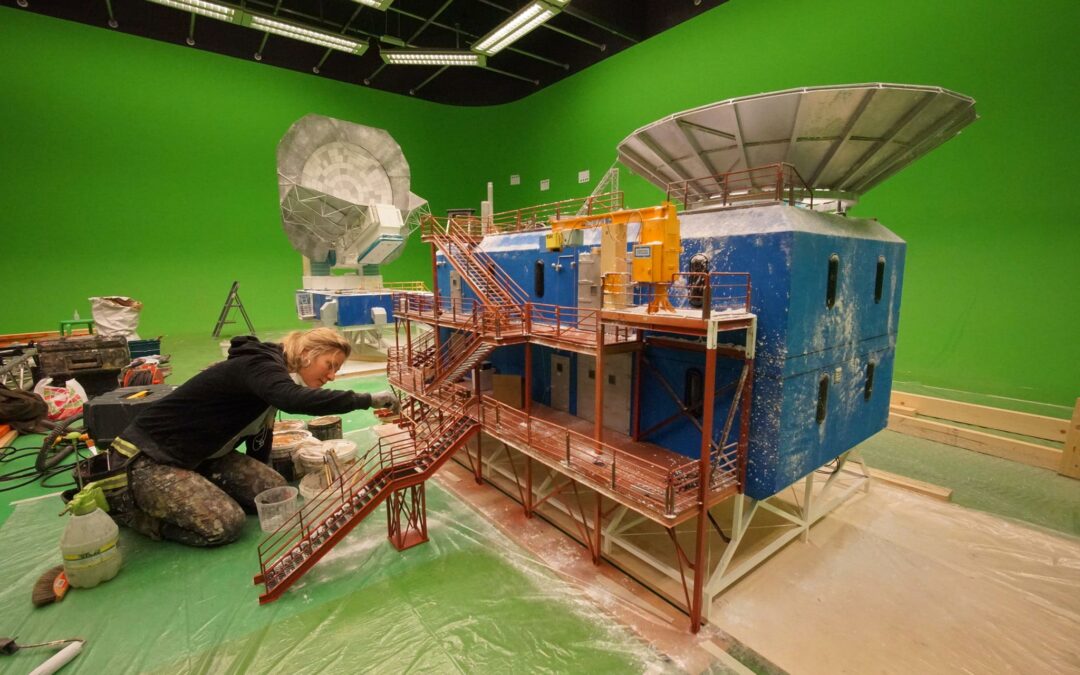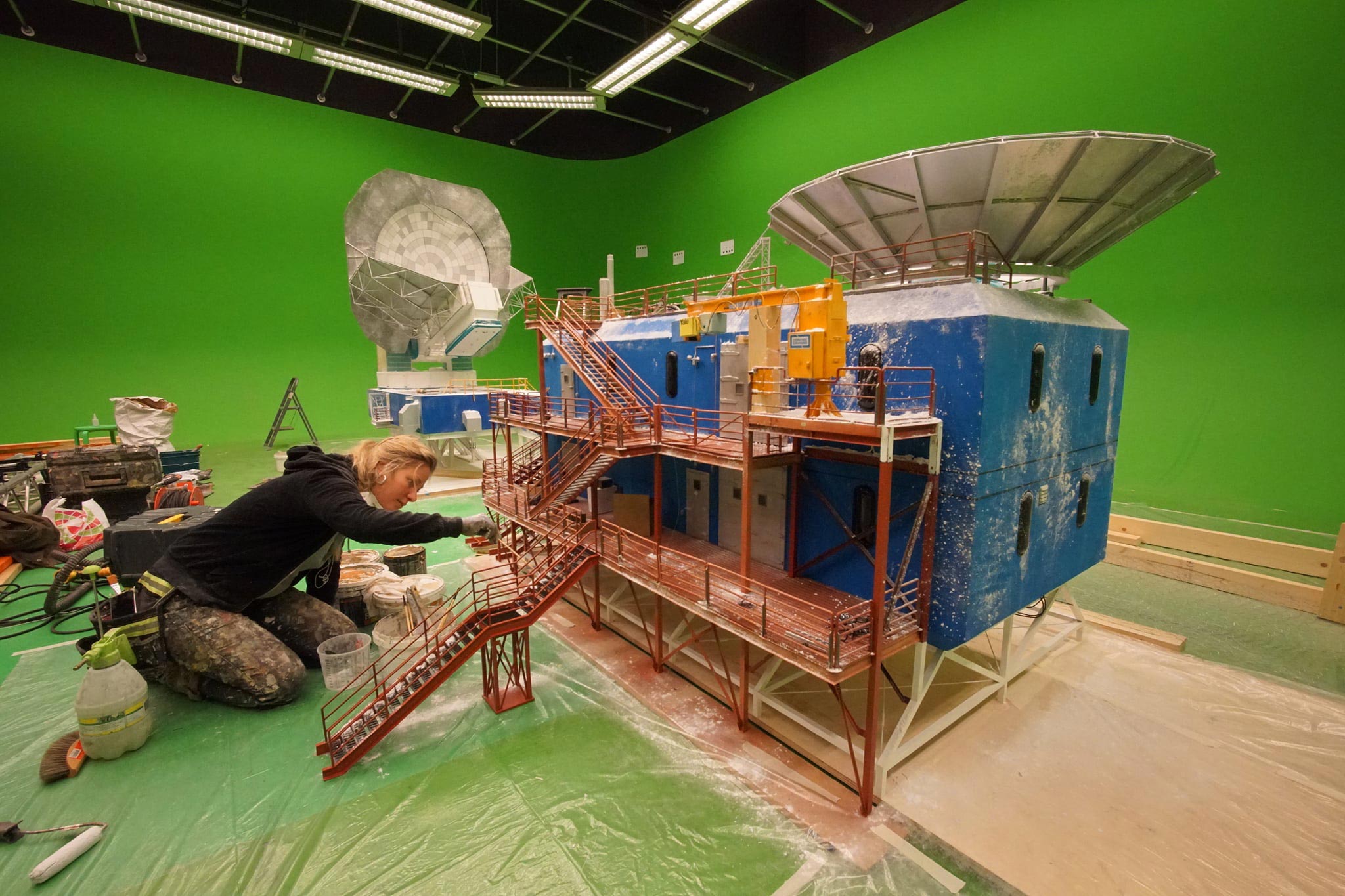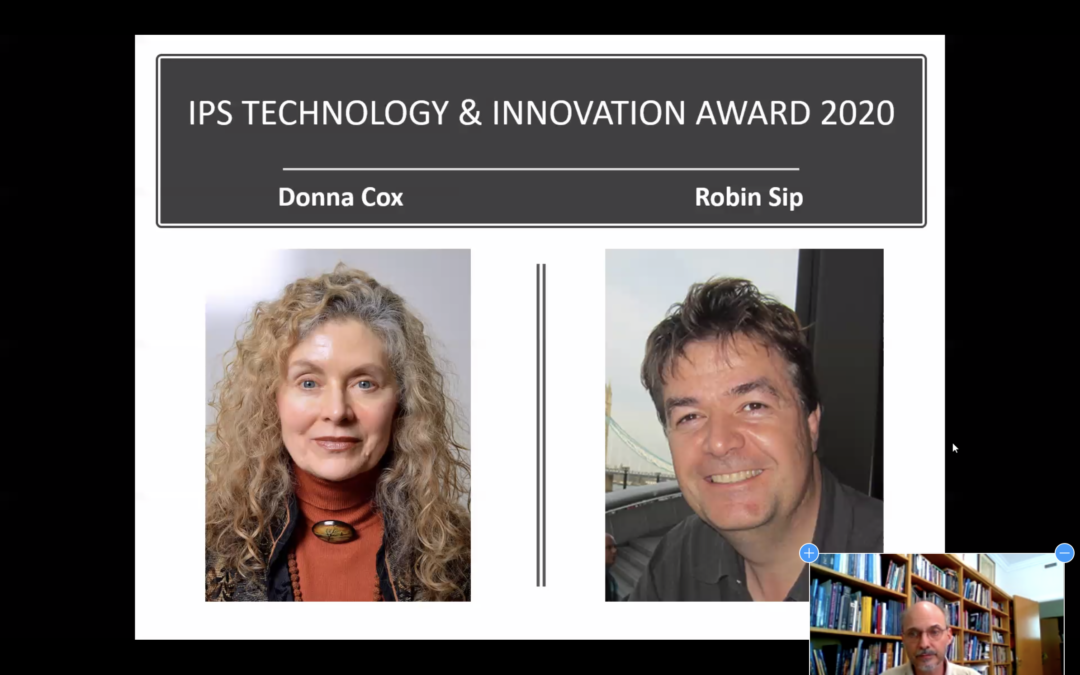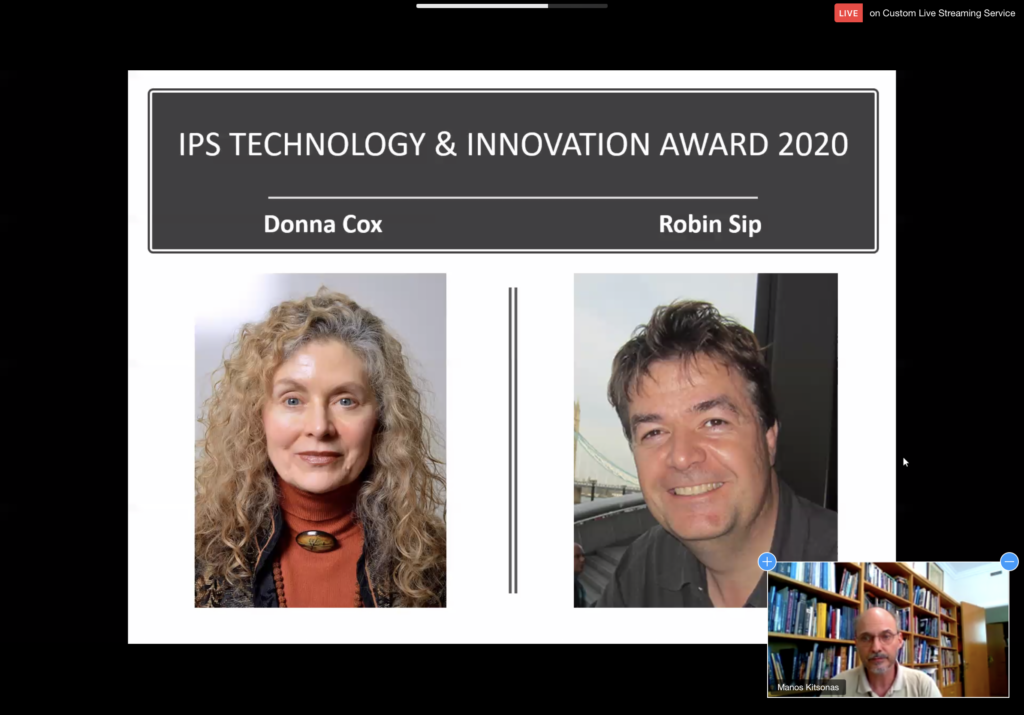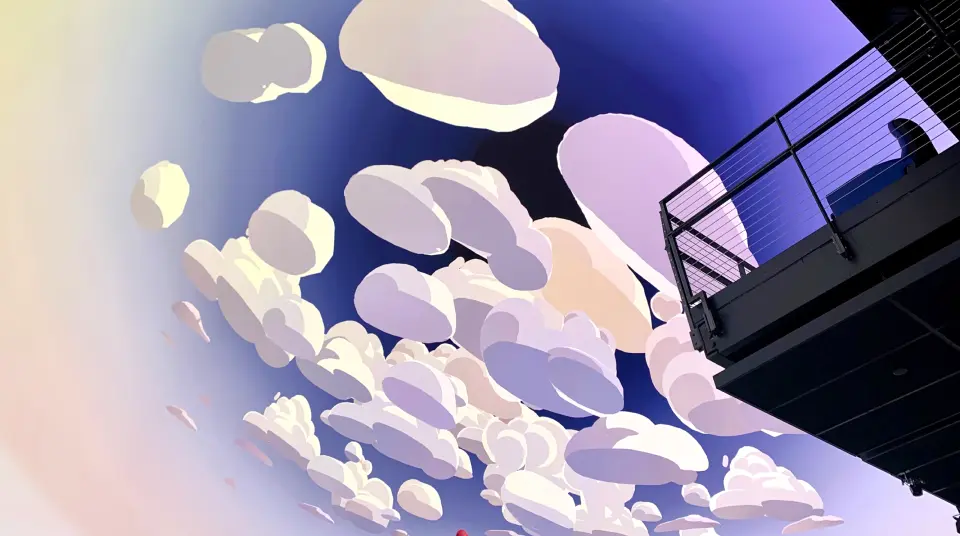
Cosm Studios is Proud to Partner With Baobab Studios
Cosm Studios partners with Baobab Studios to bring NAMOO to planetarium and fulldome theaters globally
Cosm Studios announced it will enter an exclusive agreement with Baobab Studios to distribute Erick Oh’s acclaimed animated short, Namoo, to planetariums and fulldome theaters around the world. Baobab Studios has created a 360 fulldome experience adapted from the VR version of Namoo for Cosm.
NAMOO is a narrative poem brought to life through hand-crafted animation. Inspired by the passing of the director’s grandfather, NAMOO – which translates to “tree” in Korean – follows the beautiful and heartbreaking moments of a man’s life, from beginning to end. It was written and directed by Oscar-nominated filmmaker Erick Oh (OPERA) and marks his most personal and ambitious work to date. The film was produced by nine-time Emmy Award-winning Baobab Studios, executive produced by John Cho and produced by Larry Cutler, Eric Darnell, Maureen Fan, and Kane Lee. The film was named one of the 15 shortlisted films by the Academy, was nominated for two Annie Awards, was named Best Animated Short from the 2022 Gold List Awards, and was nominated for a Producers Guild of America (PGA) Innovation Award. The theatrical version of the short has been acquired by Warner 150 and is now streaming on HBO Max, and the VR experience is currently available on Meta Quest.
“Baobab is one of the most respected animation studios in our industry,” said Neil Carty, Head of Cosm Studios. “These creative content producers are known for their immersive storytelling and diverse characters. We look forward to our collaboration as we bring Namoo out of the headset and into planetariums and fulldome theaters where audiences will have an opportunity to experience the film together in 360 for the first time.”
“The vision Baobab shares with Cosm to uniquely transform Namoo for planetariums and domes around the entire globe marries our love of both the theatrical and immersive collective viewing experiences in the most awe-inspiring way we can imagine as filmmakers,” said Kane Lee, Baobab Studios’ Head of Content. “We couldn’t be more excited to kick off our collaboration with Cosm than with a project that at its core not only embraces art and innovation, but the full human experience.”
About Baobab Studios
Founded by Maureen Fan, Eric Darnell, and Larry Cutler in 2015, nine-time Emmy® Award-winning Baobab Studios is the world’s leading independent interactive animation studio. With a mission to inspire you to dream and bring out your sense of wonder by making you matter, Baobab Studios has released eight projects to date — INVASION!; ASTEROIDS!; JACK CROW: THE LEGEND; BONFIRE; BABA YAGA; PAPER BIRDS; and NAMOO — all to critical acclaim and commercial success. Named Fast Company’s 2018 Most Innovative Company, its awarding winning works (traditional, VR, and AR) have been viewed millions of times and have starred such diverse talents as John Legend, Oprah, Kate Winslet, Jennifer Hudson, Glenn Close, Daisy Ridley, Constance Wu, Diego Luna, Liza Koshy, Tye Sheridan, Elizabeth Banks, Ethan Hawke, Lupita Nyong’o, Ali Wong and Edward Norton. The studio’s IP is currently being adapted into books (MacMillan, Penguin Random House), film (Roth/Kirsch, Disney), original series with the premium streamers, and games. Recently the studio announced a deal with Disney+ to develop an animated anthology series called THE WITCHVERSE, based on the Emmy-winning VR short film, BABA YAGA.
Sales Inquiries:
Cosm Studios
Jenn Davis
jdavis@cosm.com

